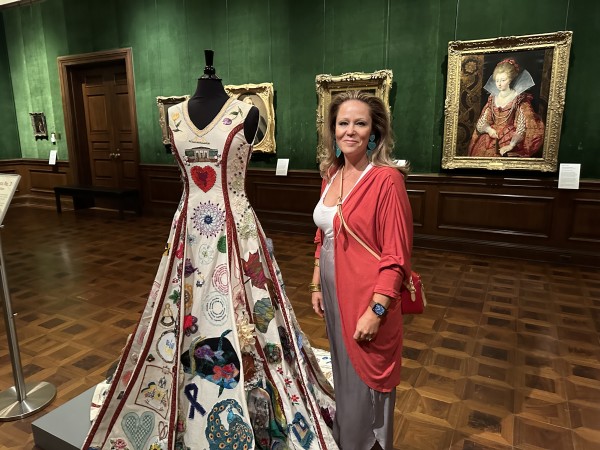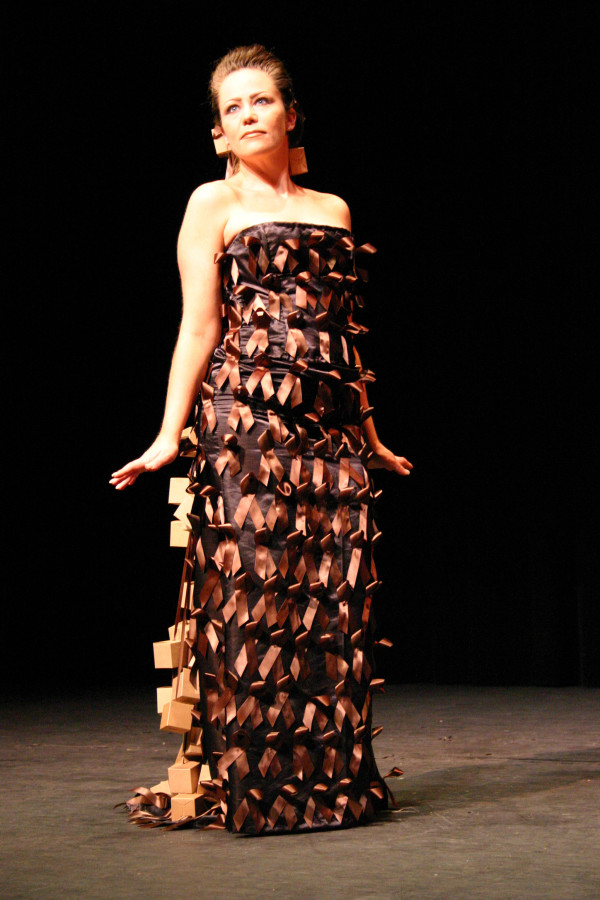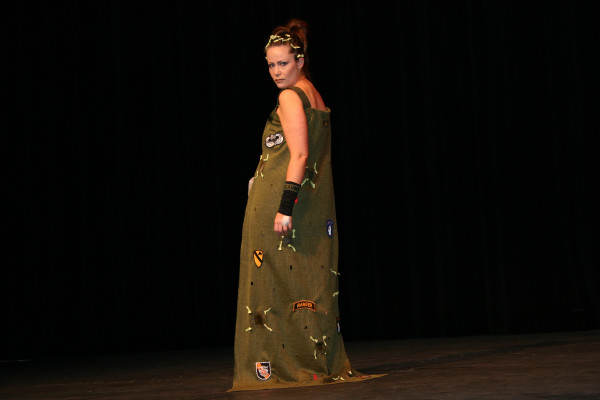Adorned with dossiers for three of Haiti’s jewels, and finished with the powerful signature of approval of the process, each torn and lightly tacked tendril represents a month in the process of advocating for my children. Each color is symbolic of need, loss, survival, threat, and beauty. A mother must be strong but delicate when building a relationship with an emotionally traumatized child. Some do not let love in. The work merely begins when the process is finalized. Entering the world of a child adopted sometimes means not only adopting the child, but an entire family. That has been the case for our family. We intended to adopt one child, and our hearts were opened to adopting three children. Beyond that, we became members of a wider family that has grown to become a network of family, friends and a beautiful legacy of heartbreak that exists on an island that has held our hearts since 2010 when we naively began a process that never ended but instead has merely evolved as our children have grown. After living in-country twice, immersing in the culture, and learning the language to advocate for our children, we know now that we are not just parents to our children. We are part of a growing tree, rooted in a family’s history and our children have become branches in the trees of cultures they had never experienced as well. Like grafting fruit from separate trees, this process requires careful nurturing of the foreign, fledgling additions. To help everyone thrive, wounds need to be nursed with ongoing care to prevent rejections of the bond. If the attachment is successful, beautiful flowering and production of different kinds of fruit can live on for generations. The creation of this piece was intended to display the duality of the intentions of mothers. Love and suffering. Happiness and pain. A third mother is involved, and that is the Land of Mountains, Ayiti, a place that much has been taken from. When the land was over-processed and abused by deep over-forestation, it was left malnourished and incapable of retention. Now it is prone to epic and dangerous, catastrophic and torrential events when small storm cells arrive. This displaces hundreds of thousands, leaving them homeless and abandoned. The duality of poured paint on paper that has seen many days, folds, and flights represents sorrow, tears, and flooding rains that rip apart the earth as it rushes down upon ill-fortified, nutrient-lacking soil of over-forested land, it weeps. The people cry out praises, despite their suffering. They immediately begin to rebuild whatever they can survive within, and they wait for the sun to rise. They sing. They pray. They spend long, sleepless nights filled with hope that the next day will be eased, and they will suffer less. When an opportunity arises for a child to be fed, educated, and have a prosperous life, they celebrate the ability to give these provisions to their children and profess love for the women and families willing to love their children. How can we not love them, fully, the way we love their children? Is it not the least that we can offer them knowing that we cannot stop the rain? Witnessing it evokes the deepest empathy for the suffering of these immeasurably wounded women who watch as their children leave their mother country. Their mothers are suffering. The island is suffering. The future of this beautiful place we have called home is crumbling. Haiti’s children are leaving.
- Subject Matter: Abstract Sculptural Painting & Collage representing Motherhood
- Current Location: Wild Root Creations
- Collections: Diaspora Studies, Dresses, Drip Series, Fiberart, National Association of Women Artists, Paintings, Resilience, Sculpture








